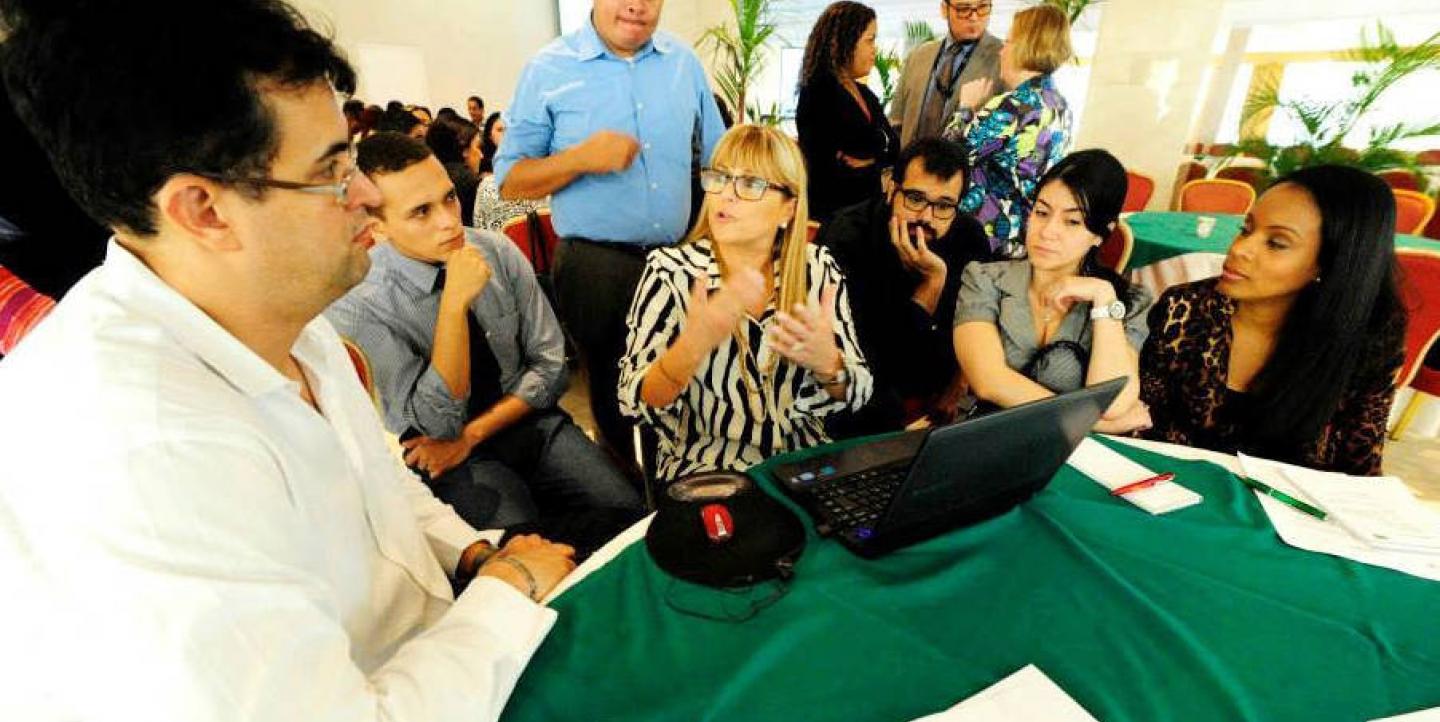Across the world, data journalism teams are watering the seeds of data-driven reporting. They're taking on the complex tasks of finding hidden news in tables, databases and other places, and achieving great results.
Since completing my ICFJ Knight International Journalism Fellowship last year, I have had the good fortune of helping build several teams.
The fellowship, at Argentina’s La Nación newspaper, was my first experience helping create a data reporting team in a newsroom. It paid off, but more importantly, inspired other newsrooms to plant the seeds for data reporting and data journalism teams. This occurred in countries as diverse and far apart as Mexico and Lebanon and, more recently, Panama. This spring, I was part of an initiative to seed data reporting, sponsored by ICFJ and Connectas, with logistical support from CELAP.
I visited this Central American country during the run-up to its May elections, the results of which reaffirmed Panama's tendency toward alternating between two main political parties. (In contrast, in most Latin American countries, the same party is often in power for 10 or 20 years.) The streets were flooded with electoral propaganda. Newsrooms felt a deep responsibility to give citizens the best possible coverage.
Four groups of journalists participated in a series of three workshops in February, March and April. La Prensa newspaper, media from the EPASA Group, Telemetro and Nextv collaborated enthusiastically. Additionally, the program developed two platforms to promote electoral transparency: Candidatos Panamá Ruta 2014 and Decisión 2014.
When I arrived in Panama, no journalist had received formal instruction in database journalism. But after several training sessions, reporters and editors learned techniques for search, extraction, processing and data visualization.
The country's first data journalism blog was born, from television station Telemetro Data. It was the first blog of its kind from a television channel in the Spanish-speaking media.
Gradually, data-driven reporting is taking shape on the blog: Analysis of Electoral Registers (Análisis de Padrón Electoral), Interactive maps on numbers of voters by sex and by province, published by El Panamá América; also, some candidates began publishing their campaign spending; the first interactive visualizations based on campaign promises, such as that based on the promises of José Domingo Arias, and more. Investigative reports have also revealed that two Panamanians die of malnutrition per week and that every 12 hours a minor is sexually abused in the country.
NexTV used discourse analysis techniques to compare the plans of each of the three major candidates, as displayed in this article.
Important digital resources, such as Datawrapper and DocumentCloud, were used for the first time by Panama's media. Using these tools, the platform Candidatos Panamá Ruta 14 explored the companies owned by presidential candidates, such as the winner, Juan Carlos Varela. The project used documents obtained from the National Public Registry. Each candidate’s profile incorporates a query to the Investigative Dashboard database, and the corresponding supporting documents.
To support journalists on the day of the elections, the initiative designed a blog, Panamá Elecciones, which published historic facts to give context to the stories the journalists produced.
As a trainer, the mission--which took me to Panama for three ten-day workshops--was challenging. Creating a culture of open data, getting familiar with complex tables and consulting databases are all new for these journalists. But their efforts are already paying off. The seedlings they nurture will grow into a more transparent media, and one more committed to the information needs of citizens.
Find Crucianelli on Twitter and Facebook.
This post was originally written in Spanish and was translated into English by Jessica Weiss.
Image taken in Panama, courtesy of Sandra Crucianelli.

